Bread is Life. We’ve all heard the saying, and when we explore the evolution of food, we find that human use of grains as sustenance has a rather long history. If we look to traditional foods from across the globe to tell us a story of how our Ancestors lived by seeing what they ate, one thing stands out. Across the board, most cultures have some type of bread as a foundation food. Grain porridges of various kinds also show up frequently on the menu too.
These foundational foods point to the importance of grain in the lives of all humans. We all share a penchant for grains in our diets. Yet, it wasn’t always that way. However, when the tide turned to favor grain above all other food sources, the direction of human lives changed forever.
As we head into harvest season & the festival of Mabon, or the Autumnal Equinox, it seems important to reflect on the interconnection between humans & grain. This reciprocal relationship has been maintained in some form for the last 100,000 years. The story’s evolution tells us much about how our Ancestors lived & why they gave up the nomadic life of hunter-gatherers in favor of tending fickle plants.
I just released my most recent Sacred Foods Booklet to my Patrons, entitled Grain Magic. It explores the history & folklore of grains.
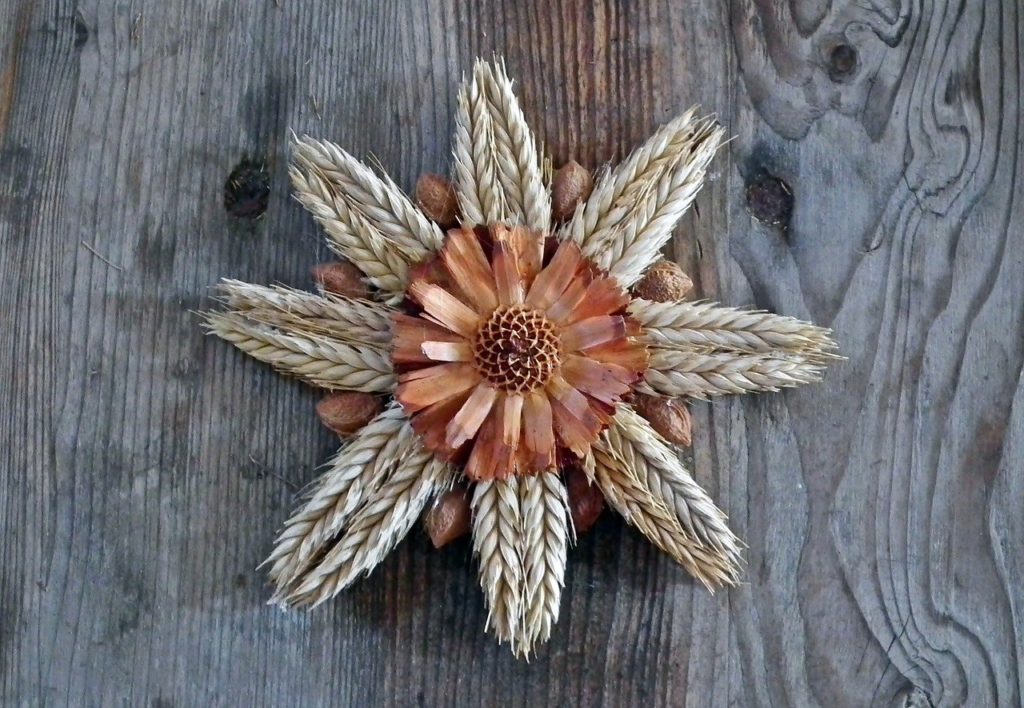
The Final Cut
In many societies, the final sheaf of grain cut held special significance because many of our Ancestors believed that the spirit of the grain remained in that final bit. In some cultures, it was the spirit of the grain, while in others, like certain parts of Britain, it was the collective spirit of all the animals who made their homes in the fields. As the grain was cut, they fled to the uncut patches until all that was left was the final bundle. There is so much fascinating folklore around the last sheaf – fantastical grain spirits, rituals and ceremonies surrounding the last cut of the grain. It was my favorite part writing the booklet.
Sinister Feldgeister
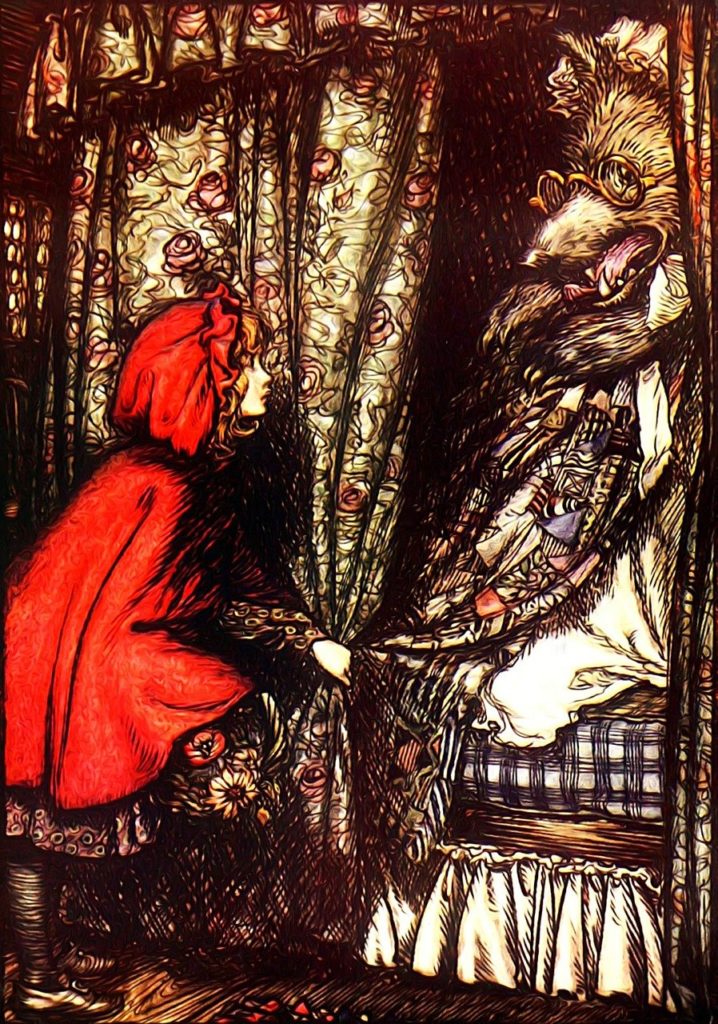
“An old Germanic saying states, “The werewolf sits amid the grain.” It may be a cruel coincidence that in the harshest weather where the poor may have had no choice but to eat tainted bread (Ergot infestation also causes a considered drop in yield) were also the same conditions which may have forced starving wolves to enter the towns and villages.” ~ Andrew Paciorek, Folklore Thursday: The Rye Wolf & The Tit Wife … and Other Tastes of Ergot
For our Ancestors who believed that we lived on a sentient Earth where all things had spirits of their own, honoring the harvest and the sacrifice of the grains was an essential part of their yearly calendar. There were many ways that the ancients personified the spirit of the grain. In Germany, people knew them as Feldgeister, Field Spirits, or Korndämonen, Corn Demons.
Grain spirits are what survive of our Ancestors’ animistic worldview when it came time to interact with grains and how to be in right relationship with those spirits – what precautions to take while in their domain so as not to act as unwanted guests which might lead to accidents and even death. Stories of werewolves were not as fanciful as they might seem either, but a symptom of ergotism, or poisoned grain which leads to all sorts of hysteria. This is a very interesting section of the booklet because it really explores how stories, myths & fables are not always fantasy but a doorway to understanding the worldview of our Ancestors.
Women & Grain
The creation of a dough that rises from invisible and wild-caught yeast has been a great source for feeding our hunger for tens of thousands of years. It must have seemed like magic to our Ancestors and it still fascinates us today.
If you’ve read or listened to me talk about Hearth Magic, you know that our ancient Grandmothers hid our magic in the most obvious places, and they were practical about it. Bread has been a staple food for many cultures, and so it is also central to some interesting folk beliefs about bread.
My favorite part is that bread was central to women’s use of magic, related to women’s fertility and sexuality, like the phrase “bun in the oven.” Of course I got into greater detail in the booklet.
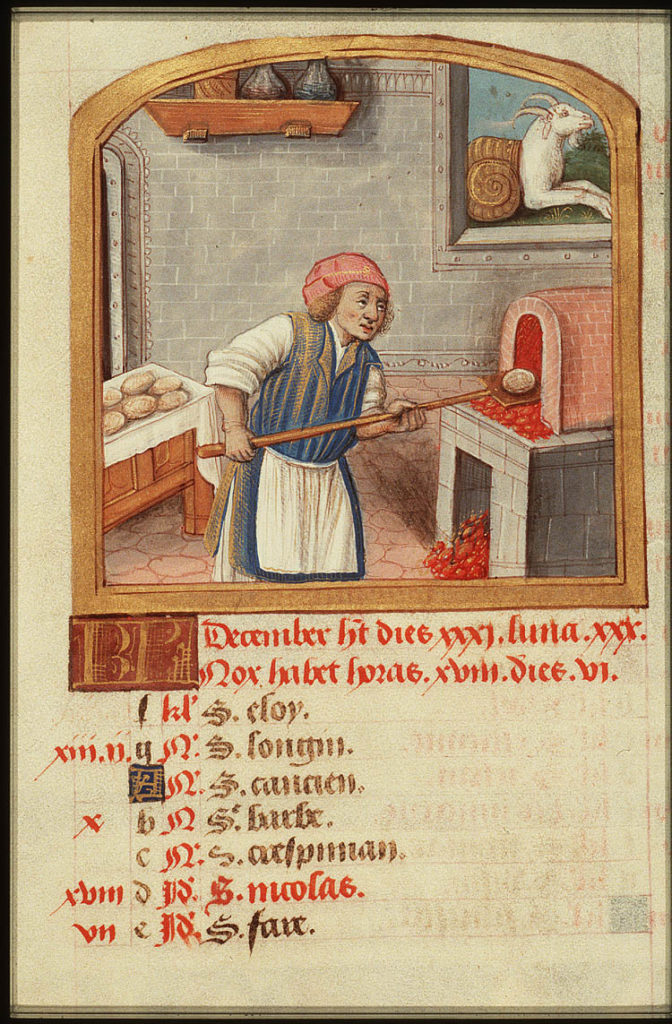
Grains Changed Us
Despite the physical difficulties of farming wheat, often in lands it is not primarily suited to, and the fact that it fundamentally changed the way humans lived, wheat has become one of the most successful plants in the history of the Earth.
This dedication to cultivating grains speaks deeply to the mindset of our Ancestors, not too different from our own to make our lives easier. They saw this new skill set – farming, as a way to live longer, more secure lives and ensure that their children and descendants would be provided for into adulthood, also learning the skills they could pass on. With this mindset, we can begin to understand why celebrations of the harvest were so vital to them.
We can surmise that whether they were hunting mammoths or harvesting oats, they were grateful to the spirit of the food that nourished them.
When the tide turned to favor grain above all other food sources, the direction of human lives changed forever. grain is the physical manifestation of our Ancestors’ hopes for the future, for us coming to fruition. When we eat grains, we are ingesting the love the ancients had for us when they dreamed of our future.
Support Old Ways for Modern Days on Patreon!
When you join you’ll have access to all the Sacred Foods series: Artichoke Magic, Strawberry Magic, Rose Magic, Honey Magic & Grain Magic, plus many more to come. Each booklet explores the history, folklore and magic of a specific food. Each booklet also guides you through a ritual recipe where we can really associate food with its healing power and potential for good in our lives.
Related Posts:
Sacred Foods: Honey Magic
Artichoke Magic: Spring in Sardinia
Hearth Magic: Portal to the Otherworld
Befana: The Winter Witch
Rowan: The Sacred Witch Tree


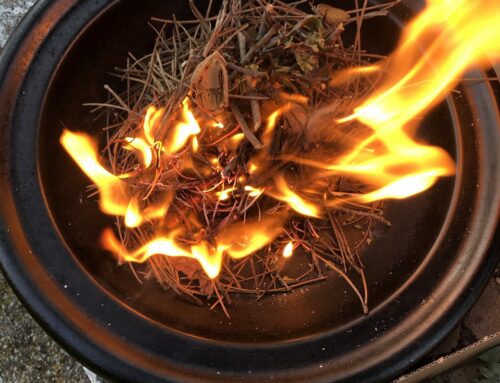
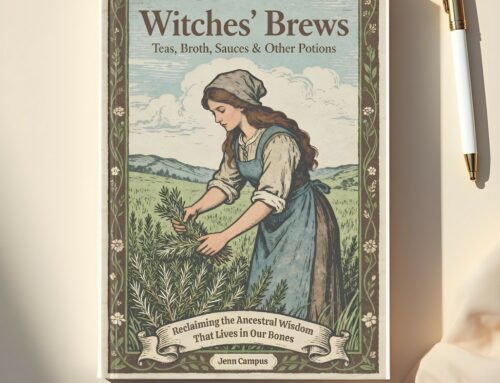



Leave a Reply